Samsung Galaxy Note 3 vs LG G2
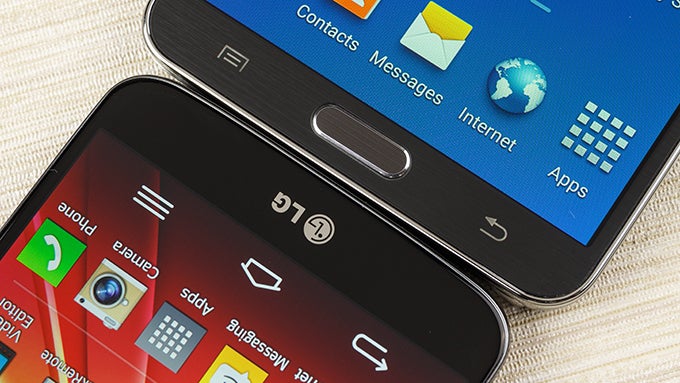
Introduction
So let's say that you're interested in getting a new high-end smartphone, and having a huge display is one of your top priorities. Well, the Samsung Galaxy Note 3 is among the handsets matching that description – it is fast, loaded to the brim with neat features, and equipped with a gorgeous 5.7-inch touchscreen. However, as in most cases, there's a number of alternatives to consider – high-end alternatives that will fit in your pockets much more easily than the Note 3, yet will provide you with a screen that is nearly as spacious. One of them is the LG G2, packing a 5.2-inch display and the hardware muscle needed to give Samsung's phablet some heated competition. Without a doubt, choosing a favorite between these two smartphones is no easy task, so let's dive into it and see what they have to win our hearts with.
Design
It is hard to say which one of these two smartphones looks better, primarily because neither of them has much to sparkle with. Don't get us wrong – they definitely can't be described as bad-looking, but putting at least a little more effort into improving their appearance wouldn't have hurt anyone.
The plastic-made Samsung Galaxy Note 3, with its conservative shape and leather-like plastic back plate, looks and feels a bit more like a device built with professionals in mind. Its textured surface has a very low tendency to slip out of your palm, and that's quite a big deal since handling this jumbo-sized handset can be challenging. At the same time, no fingerprints or pocket lint get stuck to the Note 3's back, so it looks nice and spotless pretty much all of the time.
The LG G2 looks and feels quite okay and has a better chance at appealing to the younger crowd with its curvy physique. But again, its design can't make any jaws drop as we see nothing extraordinary about its construction or build quality. It sports a body made of glossy plastic treated to a fine, discrete pattern seen on the handset's back plate. Smudgy traces build up on its surface rather quickly, but thankfully, they are easy to get rid of with a quick wipe.
What does make the LG G2 stand out, however, is its size. For a smartphone packing a huge, 5.2-inch touchscreen, it feels surprisingly compact and it would definitely fit easier in your pocket than the Galaxy Note 3. Furthermore, while handling Samsung's phablet with a single hand is a challenge, the LG G2 is a lot more suitable for single-handed use.
One of the tricks that the Samsung Galaxy Note 3 has tucked up its sleeve is the S Pen it comes bundled with. Resting in its dedicated slot, that is a pressure-sensitive digital stylus and a perk every Galaxy Note device offers. The accessory is used much like a real pen, but instead of paper, a virtual canvas is used for writing on. Entering text by hand, drawing, taking down notes, and navigating through the phablet's interface are all among the main uses for the S Pen. Naturally, there's a number of S Pen optimized apps and features built into the UI, and you can learn more about them in our Galaxy Note 3 review.
Lifting the Note 3's back cover reveals its user-replaceable 3200mAh battery, as well as its slots for the Micro SIM and microSD cards. Alas, the LG G2 has a non-removable back cover so its 3000mah battery is off limits. No microSD card slot is present on the G2, so you'll have to rely solely on its built-in storage.
LG has placed the G2's power and volume keys on the back for a couple of reasons. Firstly, that has allowed for the company's engineers to make the phone more narrow (read: easier to hold), and secondly, this unorthodox solution is meant to make these buttons easier to access. Well, we've been using the LG G2 for a while now, and while we're fine with having the power and volume keys placed where they are, we don't think that their placement makes them easier to operate.
Buttons on the Samsung Galaxy Note 3 are arranged in a typical for the company fashion, with a large physical home key below the screen accompanied by a pair of capacitive buttons for the back and menu functions. The power and volume keys are positioned on the right and left sides respectively and are easy to reach despite the handset's size.
Display
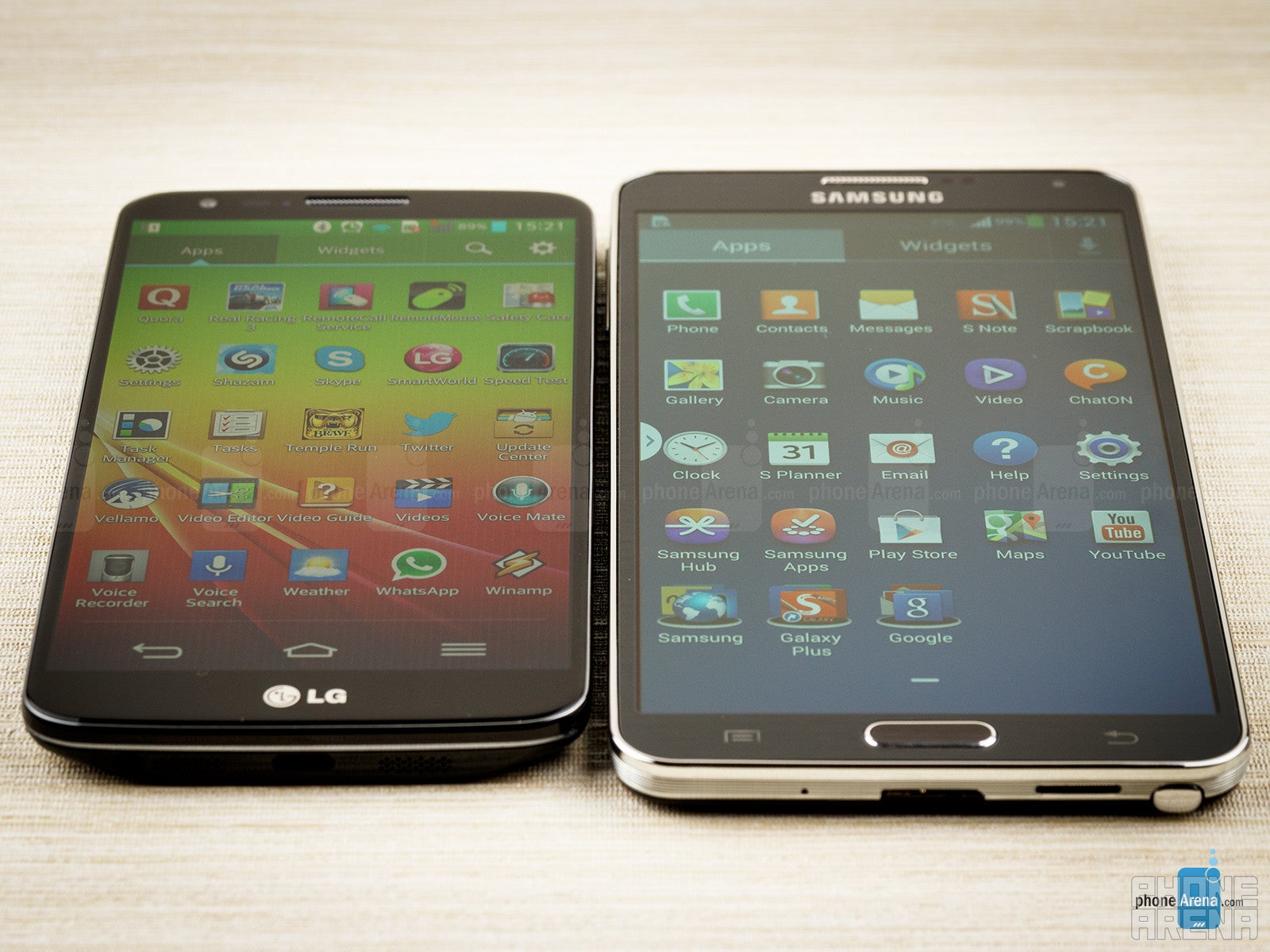
Looking at size alone, the Note 3 definitely has the upper hand since its screen is larger than the one on the G2. That makes Samsung's phablet more suitable for a number of tasks that would benefit from the extra real estate, such as browsing the internet, enjoying photos or videos, playing games and so on. But size is not everything, and the G2's display, despite being smaller by half an inch, is also a pleasure to admire. In fact, we find the screen on LG's flagship slightly more detailed – something that doesn't surprise us given its higher pixel density (423ppi vs 386ppi for the Note 3) and the fact that a standard RGB sub-pixel arrangement is in use, as opposed to the Note 3's Diamond sub-pixel panel.
However, as awesome as they may look, both displays have their flaws, and one of them is their not-so-ideal color representation. The typical for AMOLED panels pumped up colors are present on the Note 3 as well, while the LG G2 has its color temperature leaning towards the colder side. Nevertheless, these imperfections are so slight that they are likely to go unnoticed by most users and we don't think they spoil the overall user experience at all. Outdoor usability isn't an issue either. Both screens can be operated comfortably even on a sunny day thanks to their high brightness output and low reflectance.
Samsung Galaxy Note 3 360-Degrees View
LG G2 360-Degrees View
Interface
One thing that the Samsung Galaxy Note 3 and the LG G2 have in common is that their user interfaces have been heavily modified. And we don't see that as bad thing, of course, since these UIs add a great dose of much-appreciated functionality.
Android 4.3Jelly Bean – the latest version of the platform to date – comes onto the Galaxy Note 3, and layered on top of it is the company's TouchWiz user interface. Some might find it a bit more cartoony than it should be, yet that aside, there's actually quite a lot to like about this popular UI. For starters, it runs fluidly, it is customizable, and the bunch of pre-loaded widgets can come in handy. Naturally, Samsung has sprinkled its minor and major features all over, thus improving the overall user experience. Extras borrowed right from the Galaxy S4, such as Smart Scroll, Smart Stay, Air View, and Air Gestures, are on board. While they aren't anything mind-blowing, they do enable users to interact in a different, and in some cases, more convenient, way with their device. A feature much more practical than these, however, is Multi Window, which lets us have two apps, or two windows of the same app, running side by side. Yup, that's real multitasking right there, taking advantage of the Note 3's giant screen. My Magazine is also among the features we're happy with. Powered by Flipboard, it serves as a personalized news reader with an eye-pleasing interface.
The LG G2 comes running Android 4.2.2 out of the box, so it is a step behind when it comes to OS software versions, but that's not really a deal breaking issue in this case. What's great about the custom user interface loaded onto the device is just how customizable it is. You're even free to set a UI theme, to change the size of your icons, or to reorganize the toggle buttons in the notification panel. Visually, using the LG G2 is kind of like watching a light show. There's color everywhere, the lock screen animation feels as if a firework is exploding before our eyes, and the screen transitions (which you can also modify, by the way) bring every home screen to life. Feature-wise, there's a ton of goodies pre-loaded, one of the most useful among them being Slide Aside, allowing one to multitask by saving up to three apps in their current state for later use. We also appreciate having the QSlide companion apps, hovering in a window above the UI, as they give quick and instant access to the phone book, to our web browser and messaging apps, and more.
Processor and Memory
Snapdragon 800 is the chip powering the LG G2 and the LTE model of the Samsung Galaxy Note 3. That little piece of silicon it is quite a beast, actually, crushing all previous benchmark records with its quad-core Krait 400 based CPU that can sprint at speeds of near 2.3GHz. Sure enough, the performance of these two handsets is outstanding and no matter which one you pick, their UI smoothness and responsiveness is not going to disappoint. They can run anything from demanding applications to today's visually intensive 3D video games.
If you're a heavy multitasker, then the Note 3 might be right for you. It has 3GB of RAM at its disposal, so switching between apps always happens in an instant. The LG G2 has 2GB of RAM, which is considerably less, yet still enough to meet the needs of the great majority of users.
On board storage on the LG G2 is limited to 16 or 32 gigabytes, depending on which model you pick. Unfortunately, there's no microSD card slot, so the phone's storage space cannot be expanded. The Samsung Galaxy Note 3, on the other hand, has one and can take up to 64GB extra to go along with its 32 or 64GB of native storage. Plus, Samsung is throwing in 50GB of Dropbox storage at no cost – a deal which lasts for 2 years after enabling the service.
Phonebook and Dialer
Fundamentally, these apps, as executed on the Note 3 and the G2, are very similar and straightforward to use. There are separate tabs for the dialer, the user's contacts, favorites, and call logs. Several neat additions are present, however, in both applications. Samsung's solution allows us to pick between a bunch of vibration patterns that can be assigned to contacts. LG, on the other hand, lets us set LED to blink in a specific color whenever a specific someone is calling.
Here is also where LG's VuTalk service is accessed from. It is a feature present on some recent LG phones, allowing users to share images, video, notes and map data in real time during calls. Note, however, that VuTalk requires an internet connection on order to work. Samsung, on the other hand, offers a built-in video call feature to and from compatible Samsung phones.
Messaging
The messaging apps on both smartphones allow us to attach not only images and video to our texts, but also map locations, contact data, and calendar entries, just like any app of this kind should. Their keyboards can be condensed on the left or right side of the screen for easier single-handed typing – not that we find this more comfortable than entering text using both thumbs, but it is good to have options. Overall, we can shoot messages back and forth pretty swiftly as our fingers can easily hit the right button. The Note 3's keyboard, being wider, is more convenient, but the one on the G2 is easy to use as well.
Organizer apps
Samsung has not forgotten to load the Note 3 with an arsenal of organizer and productivity apps, including its S Planner app. It serves as a versatile calendar with the option to create To Do lists as well. Managing your agenda on the LG G2 is done via its Calendar and Tasks apps, which are also pretty nice and work in a similar fashion.
Both smartphones come with very capable translation apps, capable of interpreting foreign languages. S Translator, pre-loaded on the Galaxy Note 3, uses a speech-to-text engine to convert whole sentences from one language into another and then speaks out the result. However, one huge downside to this is that the app requires a data connection in order to work, and data usage while abroad can be ridiculously expensive. The Quick Translator app on the LG G2, on the other hand, can download whole dictionaries for offline use. The camera of the device is utilized to “see” words and phrases, which are then translated instantly into a language selected by the user.
Taking down notes on the Samsung Galaxy Note 3 is not only easy, but it can be quite fun, actually. The S Note app can be used for the purpose and, of course, it works well with the S Pen. You can write or type in text, and add clip art graphics or images that you have stored onto the handset. The LG G2 has its own Notebook application, which offers an identical set of features, but instead of a stylus, you use your fingers to doodle stuff with. Need something simpler? Well, there's a basic Memo app at your disposal.
Internet Browser and Connectivity
Thanks to their large, high-res displays, both the Samsung Galaxy Note 3 and the LG G2 are ideal for surfing the web. But if we had to pick a favorite, that would be the former. The stock Internet app on the Galaxy Note 3 loads pages fast and increases the size of text where that is appropriate, thus making it easier to read. Articles can be viewed in the very convenient Reader mode, which clears the entire page, leaving only the body of the post. On the LG G2 we find a browser that is just as fast, but not as enjoyable to use. Text isn't automatically inflated so it can still be hard to read without zooming in.
Connectivity-wise, there's nothing missing on either of these handsets. Both the note 3 and the LG G2 support those super-fast LTE networks, but can rely on HSPA+ as well if that is required. As you might guess, essentials like Wi-Fi, Bluetooth, GPS and NFC are also on board. We cannot omit mentioning that the Galaxy Note 3 supports the USB 3.0 standard for faster data transfers between it and a computer, but you'll need a USB 3.0 compatible PC in order to take advantage of that. Also, while the LG G2 comes with FM radio support, the Note 3 lacks that feature.
Camera
LG has equipped its G2 smartphone with an outstanding 13MP camera. This capable snapper takes great-looking photos not only thanks to its large sensor, but also because its optical image stabilization does a great job at keeping the frame steady. The camera lens, made of sapphire crystal, is extra durable and resistant to fingerprints, while the 9-point auto-focus system ensures that your subject is, well... in focus.
The 13MP, F2.2 camera on the Samsung Galaxy Note 3 may lack OIS, but nevertheless, it should not be underestimated. In fact, the phablet's camera did quite well in our recent camera test, which you should totally check out in case you haven't done so already.
Launching the camera app on the Samsung Galaxy Note 3 brings us to a familiar interface. Its biggest advantage is the boatload of camera features and effects that are pre-loaded, such as the built-in image filters, and the fancy shooting modes we know from the Galaxy S4. The handset itself, with its flat sides, is comfortable to hold while shooting.
The camera interface on the LG G2 is quite intuitive, and to be honest, we find it a bit better organized. However, it isn't as rich in terms of features. Sure, you do get a multitude of shooting modes and effects you can apply to the image, but the Note 3's arsenal is simply richer. That is especially true when it comes to recording video. For example, the LG G2 can shoot 1080p footage at 60 frames per second – that's great as the resulting videos look amazing. Yet the Note 3 can do that as well. On top of that, the Note 3 can shoot 4K videos at 30 frames per second and slow-motion videos at 120 frames per second, while the LG G2 cannot.
As for the quality of the daytime images they produce, photos from the Samsung Galaxy Note 3 and the LG G2 are, more or less, equally good, with the latter having a slight advantage only under optimal lighting conditions. Photographs from both smartphones are extremely clear and sharp even when inspected from up close. Fine details, such as blades of grass and the leaves on trees, are preserved very accurately, while the amount of digital noise is kept well under control. Color accuracy varies from one shot to another. Sometimes the LG G2 provides us with better results, while in some scenes, the Note 3 manages to represent them closer to what they look in real life.
In the presence of a weak light source, as is often the case when shooting indoors, the Samsung Galaxy Note 3 produces better-looking images than the LG G2. It doesn't hesitate to use its LED flash even when that isn't absolutely necessary, and we're glad to see that the color accuracy isn't affected much by that. The G2, on the other hand, doesn't use its flash even when the light gets pretty dim, relying on its OIS to reduce motion blur. The higher ISO required results in more digital noise present in the image.
Recording videos is another field where the Galaxy Note 3 excels at, and so does the LG G2. Both can capture videos at 60fps/1080p and the smoothness of resulting footage is impressive, to say the least. But at the end of the day, we feel like recommending the Note 3 for the job, especially for recording in low-light situations. Its videos do look exposed better and have more natural sound, while the G2 struggles when there's little light to work with, producing blurry, mediocre videos.
We don't see any significant differences between the gallery apps loaded onto these two smartphones, save for the fact that the LG G2 can display photo thumbnails in more sizes. Both apps will let you share multiple images at the same time, which is very convenient, and can present you with a slideshow of the photos you have stored.
Visually, the Music player application on the Samsung Galaxy Note 3 isn't the best we've ever seen, but then again, neither is the one on the G2. However, looking at their arsenal of features makes us quickly forget about their lack of visual appeal. There's a ton of audio enhancements to pick from on the Galaxy Note 3, including the company's unique AdaptSound feature, capable of adjusting the music reproduction in a way that matches the user's earphones and hearing. The LG G2 may not offer as many options for sound tweaking, but it will let you stream music you have stored in Dropbox and can search YouTube for the music video of the song currently playing. Both smartphones have support for high-quality 24bit/192kHz digital audio – something that won't affect the average user, but will be appreciated by audio enthusiasts.
With is single built-in loudspeaker, the Samsung Galaxy Note 3 can produce loud audio of average quality. Music played back through the G2's mono loudspeaker is of identical quality, but its volume is average at best.
A cool bonus you won't find on most other smartphones is the IR blaster built into the LG G2 and the Samsung Galaxy Note 3. It transforms a smartphone into a universal remote, capable of controlling a multitude of appliances, such as TVs and set-top boxes. Samsung has taken things a step further and has integrated a program guide (powered by Peel, available in select markets only), listing all shows that are playing on TV. If you pick a show, the app will intelligently switch to the channel is it on.
To no surprise, watching videos on any of these two smartphones is a pleasure thanks to their huge, high-resolution displays. Just open up YouTube, or throw all your Full HD on there, regardless of their format, and enjoy!
To make its video player stand out, LG has thrown in a few neat features. One can easy control the brightness and sound volume, as well as to rewind or fast-forward with a quick swipe in a dedicated area of the screen. Zooming in videos is also an option you won't see on other smartphones' video players.
The video player on the Samsung Galaxy Note 3 doesn't offer quite as many extras, but it definitely gets the job done. It is possible to have a video played back in a window, but then again, the G2 can do that as well.
As for the quality of the daytime images they produce, photos from the Samsung Galaxy Note 3 and the LG G2 are, more or less, equally good, with the latter having a slight advantage only under optimal lighting conditions. Photographs from both smartphones are extremely clear and sharp even when inspected from up close. Fine details, such as blades of grass and the leaves on trees, are preserved very accurately, while the amount of digital noise is kept well under control. Color accuracy varies from one shot to another. Sometimes the LG G2 provides us with better results, while in some scenes, the Note 3 manages to represent them closer to what they look in real life.
In the presence of a weak light source, as is often the case when shooting indoors, the Samsung Galaxy Note 3 produces better-looking images than the LG G2. It doesn't hesitate to use its LED flash even when that isn't absolutely necessary, and we're glad to see that the color accuracy isn't affected much by that. The G2, on the other hand, doesn't use its flash even when the light gets pretty dim, relying on its OIS to reduce motion blur. The higher ISO required results in more digital noise present in the image.
Recording videos is another field where the Galaxy Note 3 excels at, and so does the LG G2. Both can capture videos at 60fps/1080p and the smoothness of resulting footage is impressive, to say the least. But at the end of the day, we feel like recommending the Note 3 for the job, especially for recording in low-light situations. Its videos do look exposed better and have more natural sound, while the G2 struggles when there's little light to work with, producing blurry, mediocre videos.
Multimedia
We don't see any significant differences between the gallery apps loaded onto these two smartphones, save for the fact that the LG G2 can display photo thumbnails in more sizes. Both apps will let you share multiple images at the same time, which is very convenient, and can present you with a slideshow of the photos you have stored.
Visually, the Music player application on the Samsung Galaxy Note 3 isn't the best we've ever seen, but then again, neither is the one on the G2. However, looking at their arsenal of features makes us quickly forget about their lack of visual appeal. There's a ton of audio enhancements to pick from on the Galaxy Note 3, including the company's unique AdaptSound feature, capable of adjusting the music reproduction in a way that matches the user's earphones and hearing. The LG G2 may not offer as many options for sound tweaking, but it will let you stream music you have stored in Dropbox and can search YouTube for the music video of the song currently playing. Both smartphones have support for high-quality 24bit/192kHz digital audio – something that won't affect the average user, but will be appreciated by audio enthusiasts.
With is single built-in loudspeaker, the Samsung Galaxy Note 3 can produce loud audio of average quality. Music played back through the G2's mono loudspeaker is of identical quality, but its volume is average at best.
A cool bonus you won't find on most other smartphones is the IR blaster built into the LG G2 and the Samsung Galaxy Note 3. It transforms a smartphone into a universal remote, capable of controlling a multitude of appliances, such as TVs and set-top boxes. Samsung has taken things a step further and has integrated a program guide (powered by Peel, available in select markets only), listing all shows that are playing on TV. If you pick a show, the app will intelligently switch to the channel is it on.
To no surprise, watching videos on any of these two smartphones is a pleasure thanks to their huge, high-resolution displays. Just open up YouTube, or throw all your Full HD on there, regardless of their format, and enjoy!
To make its video player stand out, LG has thrown in a few neat features. One can easy control the brightness and sound volume, as well as to rewind or fast-forward with a quick swipe in a dedicated area of the screen. Zooming in videos is also an option you won't see on other smartphones' video players.
The video player on the Samsung Galaxy Note 3 doesn't offer quite as many extras, but it definitely gets the job done. It is possible to have a video played back in a window, but then again, the G2 can do that as well.
Call Quality
Phone calls made from the LG G2 sound quite pleasing. Its earpiece performs well and produces natural, crackle-free voice tones, as long as its volume isn't set to the maximum. Overall, we'd rank it as above average. Sadly, we can't say the same about its microphone, which happens to deliver loud, but somewhat artificial-sounding voices on the other sound of the line.
The Galaxy Note 3 has a powerful, yet average-sounding earpiece. Its microphone, however, does a much better job at capturing natural voice tones than the G2's, with noise reduced when that is appropriate.
Battery Life
One of the largest batteries ever packed inside a smartphone is on the Galaxy Note 3. It has a capacity of 3200mAh, which is quite a lot – definitely enough to last you through a day of heavy usage, and even two if the smartphone is used with moderation. Behind the LG G2's back plate hides a 3000mAh battery, which might be smaller, but should deliver comparable results. As a matter of fact, LG's flagship is one of the top devices on our battery benchmark test, achieving 6 hours and 48 minutes of intensive use on a single charge. The Note 3 got us only 6 hours and 8 minutes under identical conditions.
Conclusion
This is where we wrap things up and present you with our advice on which smartphone you should go with – the Samsung Galaxy Note 3 or the LG G2. But in all honesty, we're split in our decision, so ultimately, the choice will depend on the needs and preferences of each and every user.
Size is the Galaxy Note 3's weakest link, but it is one of its strongest selling points at the same time. That's because even though the handset would be too large for the average consumer to comfortably handle and carry around, it rewards us with its spacious touchscreen – a touchscreen that ranks among the very best we've seen on a smartphone to date. Ultimately, all that display real estate makes the Note 3 one of the top handsets for entertainment and media consumption. Not to be forgotten is the S Pen and the boatload of productivity features loaded onto the device, optimized to work in tandem with Samsung's digital stylus.
But the LG G2 is no less amazing, and its slightly smaller, yet just as good-looking touchscreen is also suitable for any task you might imagine. At the same time, the company's flagship is much easier to wield and as a result has a higher chance at grabbing the attention of typical buyers. Or at least those who don't mind the unusual placement of its power and volume keys.
These key differences aside, the Samsung Galaxy Note 3 and the LG G2 both are well worthy of being regarded as the cream of the crop among Android smartphones. We're pleased to say that they both excel in delivering the premium user experience and the smooth performance we've come to expect out of a contemporary high-end smartphone. They are mighty fast, pretty much equally capable from a hardware standpoint, and loaded to the brim with unique features – all traits that place them on top of the Android foodchain.

Follow us on Google News
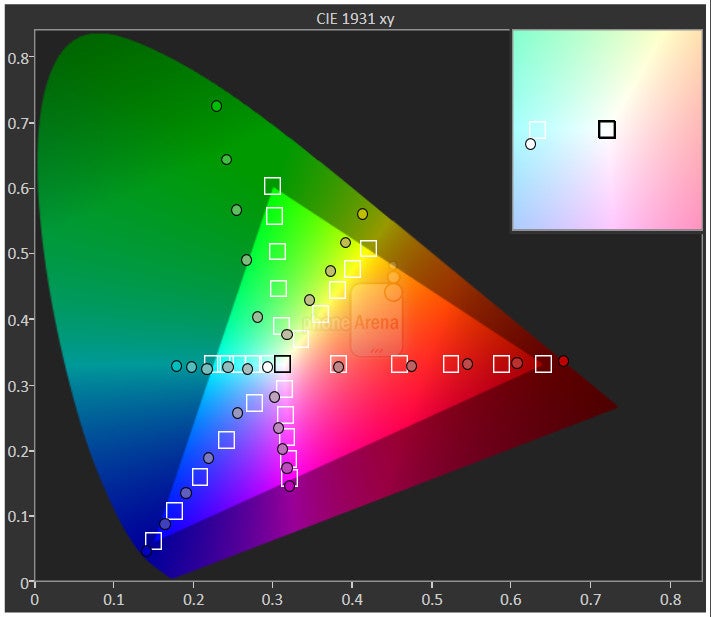






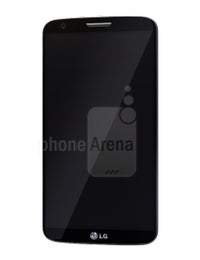

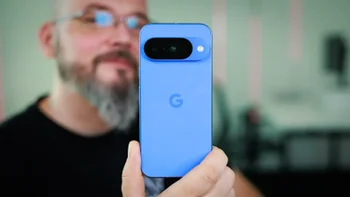
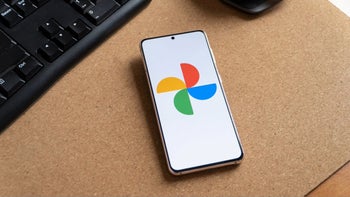
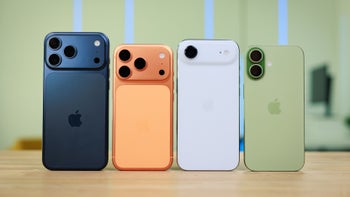

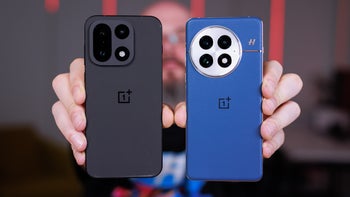
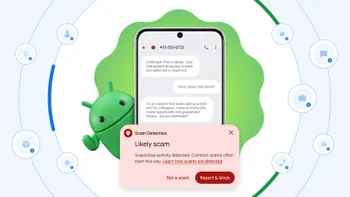
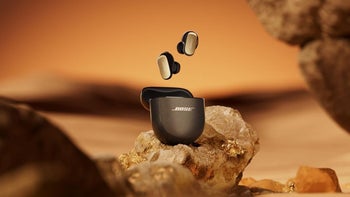
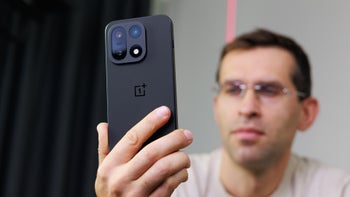
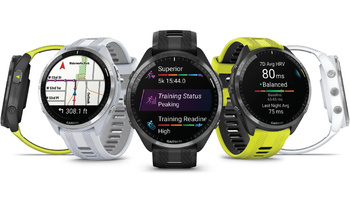
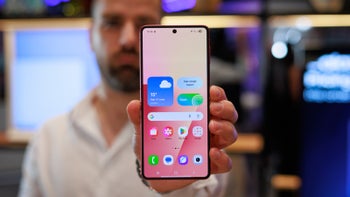
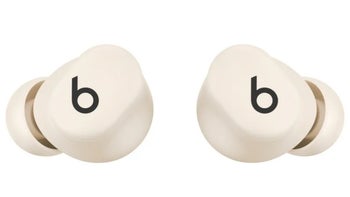
Things that are NOT allowed:
To help keep our community safe and free from spam, we apply temporary limits to newly created accounts: